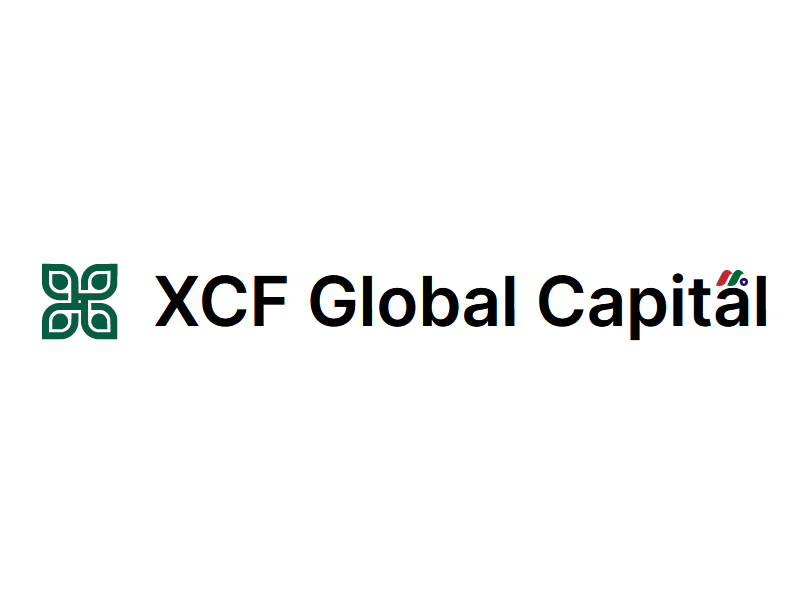Undertaking a renewable energy project requires substantial financial resources, but the rewards are significant in terms of environmental impact, energy cost savings, and long-term sustainability. Fortunately, there are various financing options available to support these projects, ranging from traditional loans to innovative mechanisms specifically designed for renewable energy initiatives. In this article, we will explore different financing strategies and sources for renewable energy projects, empowering you to make informed decisions and secure the necessary funding for your endeavor.
-lxuma.jpg)
1. Introduction: The Importance of Financing Renewable Energy Projects
Financing is a critical aspect of renewable energy projects as it enables the development, construction, and operation of sustainable energy infrastructure. While the upfront costs may seem daunting, the long-term benefits, including reduced reliance on fossil fuels and environmental preservation, make renewable energy projects worthwhile investments. Accessible and appropriate financing options are essential for unlocking the potential of renewable energy and driving the transition to a cleaner and more sustainable future.
2. Traditional Financing Options
-- Commercial Loans from Financial Institutions
Traditional commercial loans from banks and financial institutions are a common method of financing renewable energy projects. These loans provide borrowers with capital to cover upfront costs, project development, equipment purchases, and construction expenses. Interest rates, repayment terms, and collateral requirements vary depending on the financial institution and project specifics. It is crucial to compare different loan offers, negotiate favorable terms, and ensure that the loan aligns with the project's cash flow and expected returns.
-- Government-Backed Loans and Incentives
Governments often provide loan programs and incentives to support renewable energy projects. These programs aim to facilitate access to capital by offering lower interest rates, longer repayment periods, and favorable terms. Government-backed loans may be available through development banks, environmental agencies, or specialized funds dedicated to renewable energy. Additionally, governments may provide tax credits, rebates, or other financial incentives to encourage investment in clean energy technologies. Research and explore available government programs to identify relevant opportunities for your renewable energy project.
3. Innovative Financing Mechanisms
-- Power Purchase Agreements (PPAs)
Power Purchase Agreements (PPAs) are contractual arrangements between a renewable energy project developer and an energy consumer. Under a PPA, the consumer agrees to purchase electricity generated by the renewable energy project at a predetermined price over a specified period. PPAs provide a stable and predictable revenue stream for project developers, making it easier to secure financing. They also offer consumers long-term price stability and access to clean energy without the need for upfront capital investment.
-- Green Bonds and Climate Funds
Green bonds are fixed-income financial instruments specifically designed to raise capital for environmentally friendly projects. These bonds are issued by governments, municipalities, or corporations and are dedicated to funding renewable energy projects, energy efficiency initiatives, and other sustainable projects. Investing in green bonds allows individuals and institutions to support renewable energy while earning financial returns.
Climate funds, on the other hand, are investment vehicles managed by governments, development banks, or private entities. These funds pool financial resources from multiple investors and allocate them to climate-friendly projects, including renewable energy. Investing in climate funds provides diversification and professional management of funds while supporting sustainable initiatives.
-- Crowdfunding and Community Investment
Crowdfunding platforms and community investment models have emerged as alternative financing options for renewable energy projects. Through crowdfunding, project developers can raise capital from a large number of individual investors who contribute small amounts. This decentralized funding approach democratizes investment opportunities and allows the public to participate in renewable energy projects. Community investment models involve local communities pooling resources to collectively finance and own renewable energy infrastructure, ensuring that the economic benefits remain within the community.
4. Grants and Incentive Programs
-- Government Grants
Government grants, as mentioned earlier, provide direct financial assistance to renewable energy projects. These grants aim to support research, development, and deployment of clean energy technologies. Grants may cover a portion of project costs, such as equipment purchases, installation expenses, or feasibility studies. Government grant programs often have specific eligibility criteria and application processes that must be followed diligently. Carefully review the requirements, deadlines, and reporting obligations associated with grant programs to increase your chances of success.
-- Renewable Energy Incentive Programs
In addition to grants, governments offer various incentive programs to encourage investment in renewable energy. These programs include tax credits, feed-in tariffs, production incentives, and renewable energy certificates. Tax credits reduce the tax liability for individuals or businesses that invest in renewable energy projects. Feed-in tariffs provide fixed payments for renewable energy generated and fed into the grid, guaranteeing a revenue stream. Production incentives offer financial rewards based on the amount of renewable energy produced, while renewable energy certificates represent tradable proof of renewable energy generation.
5. Strategic Partnerships and Joint Ventures
Collaborating with strategic partners or entering into joint ventures can help finance renewable energy projects. Partnerships with established energy companies, technology providers, or investors can bring financial resources, industry expertise, and access to markets. Joint ventures allow sharing of costs, risks, and rewards, making large-scale projects more feasible and attractive to investors. Developing relationships with potential partners and exploring mutually beneficial opportunities can provide the financial backing needed to bring your renewable energy project to fruition.
6. Conclusion
Financing is a crucial aspect of renewable energy projects, and understanding the available options is essential for success. Whether through traditional loans, government-backed programs, innovative mechanisms, grants, or strategic partnerships, there are numerous avenues to secure the necessary funding. Assessing the specific needs of your project, conducting thorough research, and engaging with relevant stakeholders will empower you to make informed decisions and navigate the financing landscape effectively. By financing your renewable energy project, you contribute to a cleaner, more sustainable future for generations to come.


